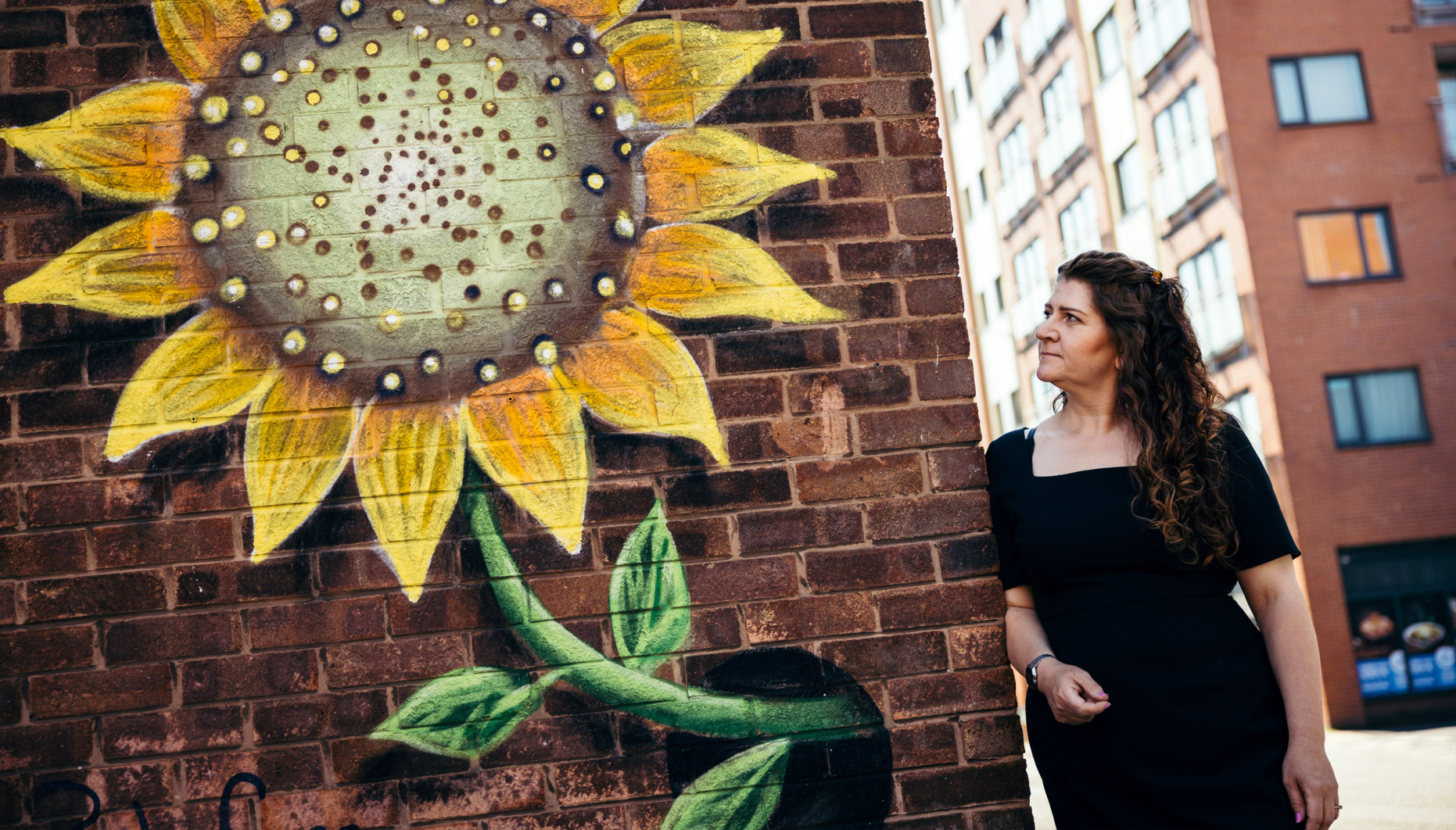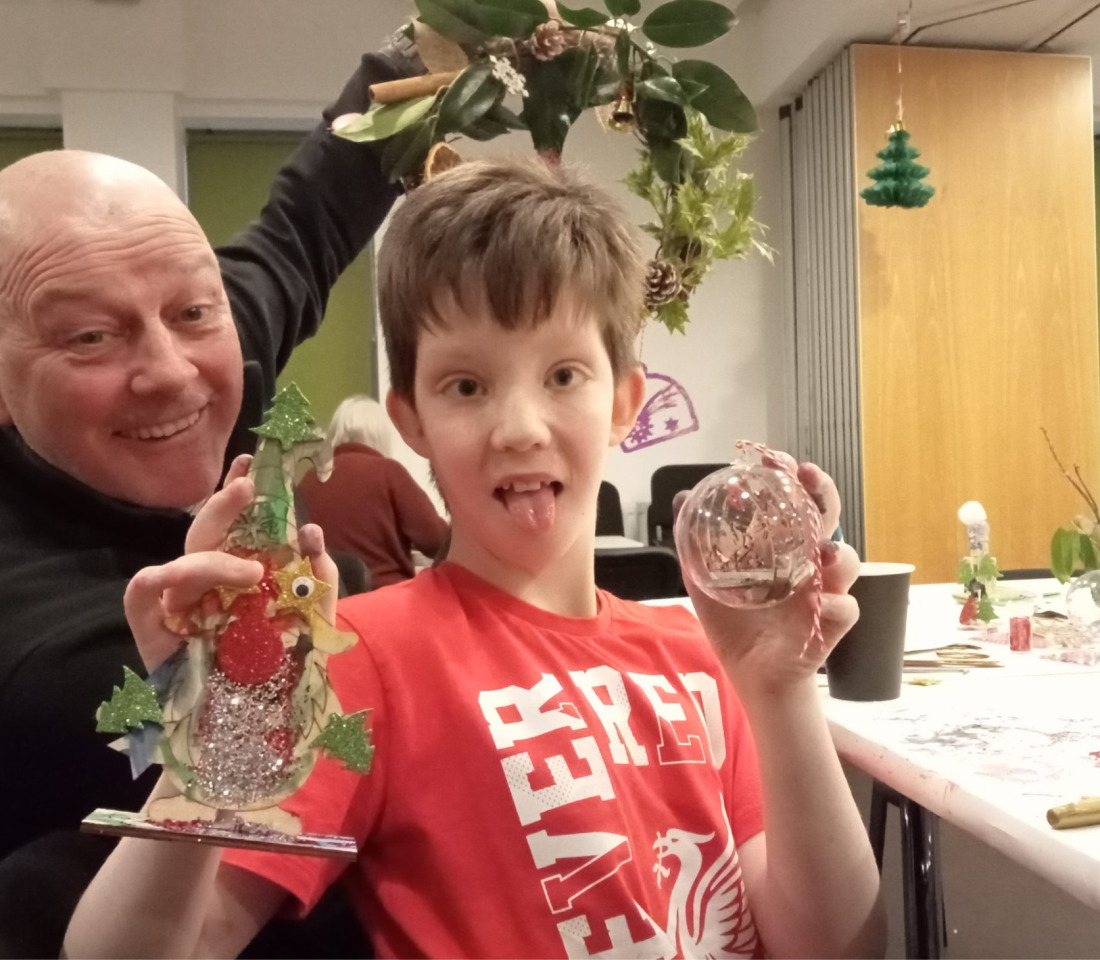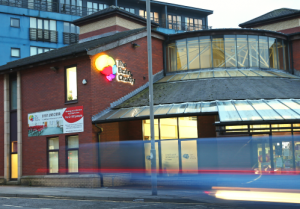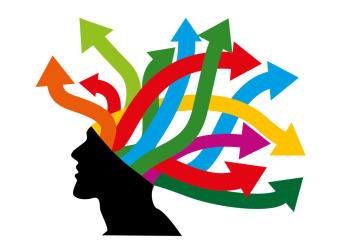
Neurodivergence, ADHD and dance music
How the ADHD brain is affected by music and why neurodivergent people are often drawn to creative industries
Recently, Nanette Mellor from The Brain Charity was interviewed for a feature in DJ Mag on the prevalence of neurodivergent conditions such as ADHD in the dance music scene.
In this guest blog, she shares her views on how the ADHD brain is affected by music and why neurodivergent people are often drawn to creative industries.
Click here to read the full DJ Mag interview.
How music stimulates every part of our brain
The vast majority of us can be deeply affected by the power of music.
It stimulates every part of the brain, and has the power to link every major part of our being together simultaneously.
Music provokes activity in the part of the brain that makes us want to move our bodies, as well as creating memories.
There’s also a numerical element inherent within the rhythms and scales of music that stimulates the parts of our brain responsible for mathematics, and many songs also provoke deep-set emotions.
How music can be used to relieve ADHD over-stimulation
For people with ADHD, there are real additional benefits to the brain stimulation music provides.
ADHD is often misunderstood as the inability to pay attention. In fact, individuals with ADHD find it difficult not to pay attention to everything around them and so can become distracted from what it is they really want to do.
This can result in a kind of overload of stimulation within the brain which can be extremely distracting, tiring and in some cases debilitating.
Music can be used in the same way as ‘fidget spinners’ to help individuals with ADHD to occupy parts of the brain. This allows their executive functioning to be able to focus on the task they want to complete.
Providing stimulation in this sense can calm the mind and provide relaxation, which can even be perceived as a form of self-medication.
ADHD, music and dopamine
Additionally, our neurological circuitry is wired so that when do something good for our survival such as eat food, have sex or exercise, our brains reward us with ‘feel good’ chemicals.
One of these is called dopamine, and individuals with ADHD have naturally lower levels of this chemical within their brains. This means they will often seek out dopamine-inducing activities.
Brain scans have demonstrated music increases dopamine neurotransmission within the brain, so it is not surprising to hear that there may be a real correlation between the number of people with ADHD working within the music industry.
Dance music’s regular beat and repetitive nature stimulates the body into dancing, which can itself induce euphoria – evidenced through the sentiment of songs like Faithless’ ‘God is a DJ’ which acknowledges music can transport humans to a transcendental or meditative state.
As well as receiving a dopamine boost when we do something good, we also receive an extra rewarding boost when we do something new – the brain’s way of encouraging us to try new things for survival and evolution.
Therefore, it is easy to predict that individuals with ADHD, who may seek out dopamine-boosting activities, will not only be attracted to the music industry but will also become more experimental within these areas.
ADHD, hyperfocus and the creative industries
Just as people with ADHD can be distracted by things around them, they also have the ability to maintain hyperfocus on subjects they are particularly interested in.
The ability people with ADHD and other neurodivergent conditions such as autism spectrum condition (ASC) had to hyperfocus on their interests gives them a superpower which can ensure they become the most knowledgeable or skilled in their field of their choice and excel in their chosen subject.
For musicians and creatives, this hyperfocus means they can focus on a goal, task or dream absolutely.
It is still early days in our understanding of the brain, but it appears true creative genius is often born out of neurodiversity and conditions like ADHD, ASC and dyslexia.
Categories: Guest blogs, Neurodiversity
Published: 31 August 2022














